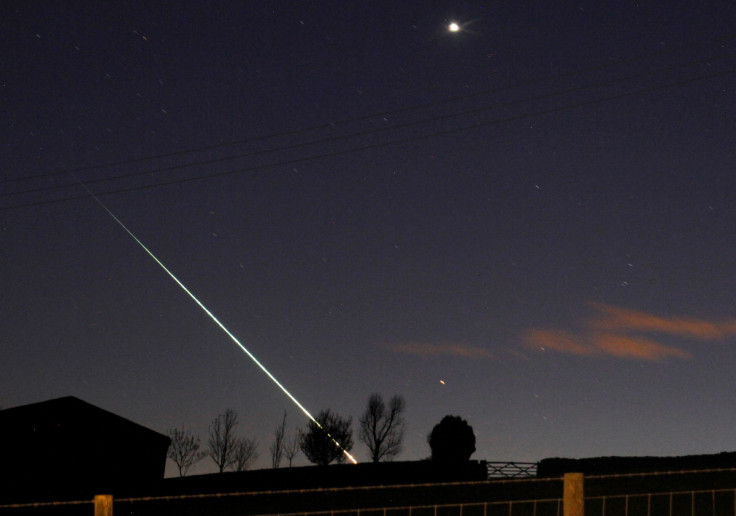You Can Still Catch The 5 Planets Visible In The Sky: Here's How
KEY POINTS
- A planetary alignment of Mercury, Jupiter, Venus, Uranus and Mars will be visible this week
- The view will be 'very pretty,' said NASA astronomer Bill Cooke
- It is an excellent opportunity to spot Uranus which isn't usually visible
It's not too late for you to catch a glimpse of the alignment of five planets this week. Make sure to come out soon after sunset for the special view.
Mercury, Jupiter, Venus Uranus and Mars will be stretched out across the horizon this week to create a spectacular view for avid sky watchers and casual viewers alike. This parade of the planets will line up near the moon. And although the best view was said to be on Tuesday, people may still have the chance to see it even for several days after.
The key, NASA astronomer Bill Cooke told AP News, is to come out after sunset. This is because two of the planets, Mercury and Jupiter, will only be making short appearances. Though Jupiter will be the second brightest planet, it and Mercury will be out of sight below the horizon by half an hour after the sunset. So it would really be best to come out on time to see the parade in full view.
"If you go outside, right at sunset, right after the sun goes down and look west, you'll see these planets strung out in a line extending about 50 degrees or so," Cooke told CBS News, noting that the view will be "very pretty."
Those who are planning to catch the five planets would be glad to know that three of the planets — Jupiter, Mars and Venus — will be bright enough to be seen a bit more easily. Uranus and Mercury, on the other hand, will be a bit dimmer than the others, Cooke said. So a pair of binoculars or perhaps a simple telescope may come in handy if you want to have a closer look at these dimmer planets.
Venus will be easy enough to spot as it will be among the brightest objects in the sky, then you may spot Uranus next to it. Mercury and Jupiter will be closer to the sunset point, according to EarthSky, while Mars will be higher in the sky.
Skywatchers may not want to miss this event. Not only is it considered a "large" planetary alignment — where five or six planets are participating — it is also an excellent opportunity to spot Uranus. The planet is rather elusive and isn't usually visible, according to Cooke. It will be the one that has a rather greenish glow over Venus.
The planetary alignment is visible from anywhere on Earth, said Cooke. The important thing is to have a clear view of the sky, particularly the West.
In just a little while, there will also be other planetary alignments in store for skywatchers, albeit smaller ones. There will be an alignment of Mercury, Uranus, Venus and Mars on April 11 and again on April 24.

© Copyright IBTimes 2024. All rights reserved.






















